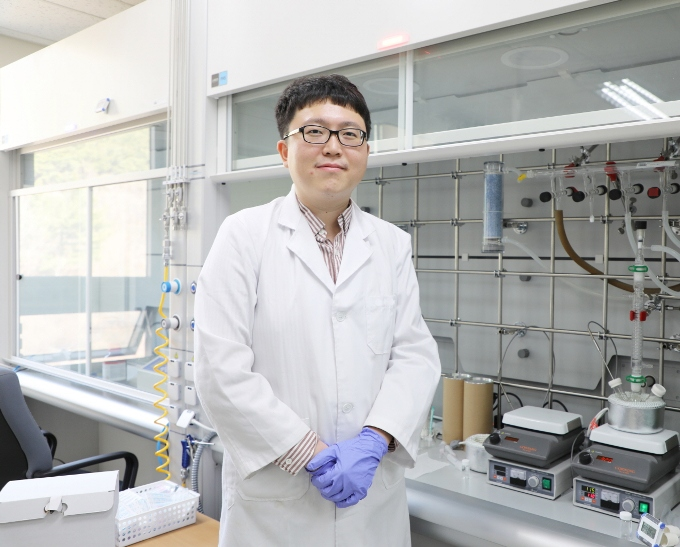Apr 13 2020
Researchers have developed a novel technology in an attempt to further speed up the commercialization of colloidal quantum dot (CQD) photovoltaic (PV) devices that are predicted to be the next-generation photovoltaic devices.
 Professor Jongmin Choi, Department of Energy Science & Engineering, DGIST. Image Credit: © DGIST.
Professor Jongmin Choi, Department of Energy Science & Engineering, DGIST. Image Credit: © DGIST.
On March 30th, 2020, DGIST had reported that a team of researchers, working under Professor Jongmin Choi from the Department of Energy Science & Engineering and under Professor Edward H. Sargent from the University of Toronto, has discovered a mechanism that leads to performance degradation in the CQD PV devices and successfully devised a new material processing technique that can stabilize the performance of these devices.
Quantum dots are known to have exceptional light absorbance characteristics and can absorb light across a broad range of wavelengths. Therefore, quantum dots have garnered considerable attention as a main material for the advanced photovoltaic devices.
Specifically, quantum dots are flexible, light, and involve only minimal processing costs; hence, they can be substituted by replacing the disadvantages of silicon solar cells that are being used at present.
In this respect, many studies on photoelectric conversion efficiency (PCE) have been performed in an effort to enhance the performance of the CQD PV devices. But not many of them have focused on enhancing the stability of these devices, which is essential for the commercialization process.
Specifically, only a few studies have utilized the CQD PV device at the Maximum Power Point, which happens to be the true operating environment of the PV devices.
Owing to this reason, the scientists analyzed the causes of performance degradation in the CQD PV devices by constantly subjecting them to oxygen and illumination for an extended period of time—analogous to the real operating conditions—to enhance the stability needed for the true commercialization stage of the CQD PV devices.
Consequently, the researchers discovered that oxidation removed the iodine ions present on the surface of the quantum dot solids, leading to the development of an oxide layer. This oxide layer, in turn, degrades the structure of the quantum dot, thus reducing the device’s efficiency.
The scientists subsequently created a ligand substitution technique with potassium (K) to enhance the device’s efficiency. Ligand refers to the molecules or ions that attach to the core atom of a complex, analogous to a branch. In this study, potassium iodide, which inhibits iodine from being oxidized, was transferred to the surface of quantum dot solids to go through a substitution process.
With the newly developed technique, the device sustained its constant performance rate of more than 80%—which is its original efficiency rate—for a duration of 300 hours. To date, this figure is greater than the predetermined performance.
The study is to demonstrate that the CQD PV device can operate more stably in the actual operating environment. The results are expected to further accelerate the commercialization of the CQD PV device.
Jongmin Choi, Assistant Professor, Department of Energy Science & Engineering, DGIST
The study results were published in a top international academic journal, Advanced Materials, on February 20th, 2020. Professor Jongmin Choi from the Energy Science & Engineering Department of DGIST was the lead author of this study.